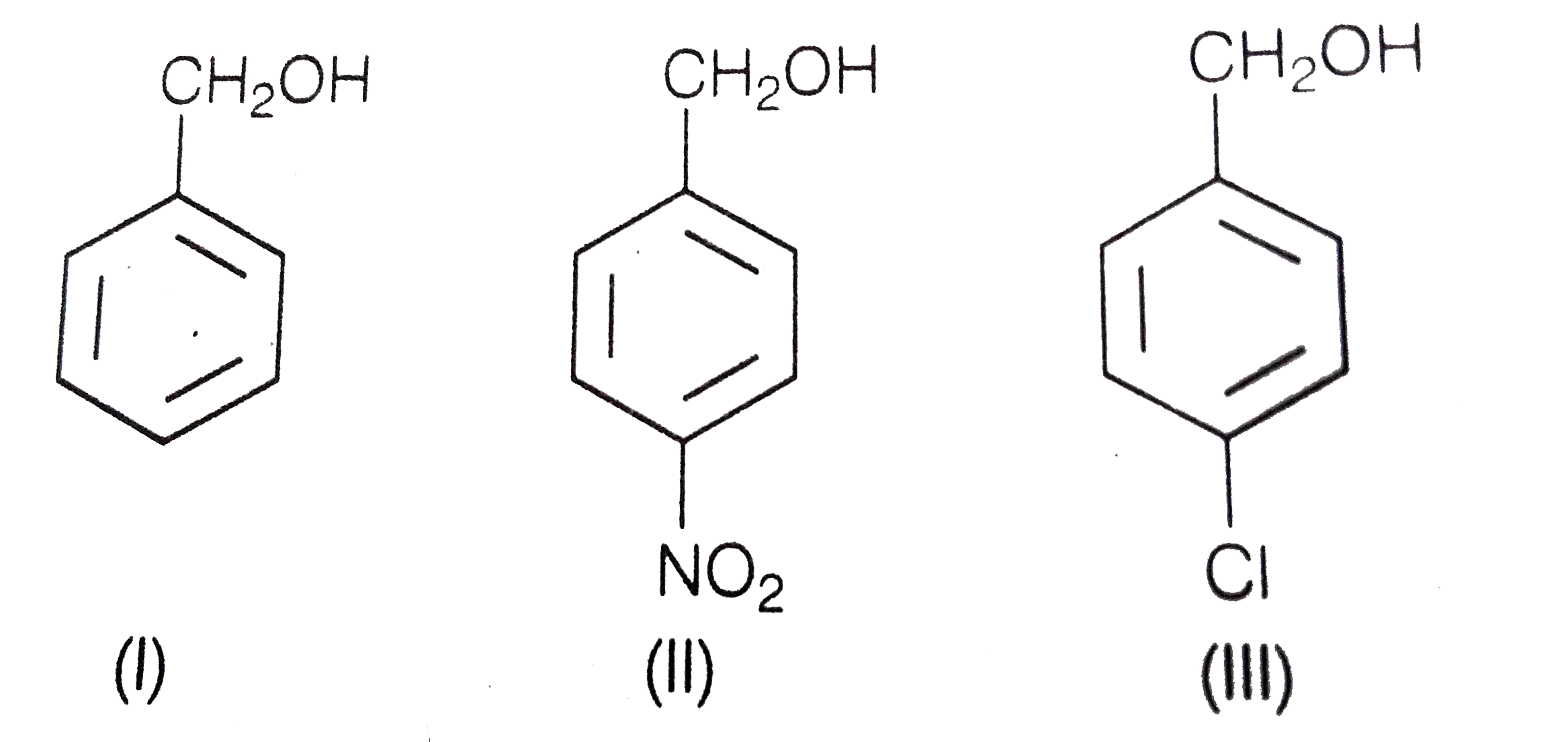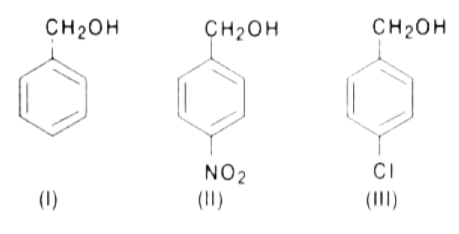Mark out the correct increasing order of radius.
As3−<Br−<K+<Mg2+
Mg2+<K+<Br−<As3−
Mg2+<K+<As3−<Br−
K+<Mg2+<Br−<As3−
The correct Answer is:B
To determine the correct increasing order of ionic radii, we need to analyze the sizes of cations and anions based on their charge and the number of electrons they possess. Here's a step-by-step solution:
Step 1: Understand the relationship between ions and their parent atoms
- Cations (positively charged ions) are smaller than their parent atoms because they lose electrons. This results in a higher effective nuclear charge acting on the remaining electrons, pulling them closer to the nucleus.
- Anions (negatively charged ions) are larger than their parent atoms because they gain electrons. This increases electron-electron repulsion and causes the electron cloud to expand.
Hint: Remember that cations are smaller than their neutral atoms, while anions are larger.
Step 2: Compare the sizes of cations
- When comparing cations, the charge affects their size. A cation with a higher positive charge is smaller than one with a lower positive charge. For example, Mg2+ is smaller than K+ because Mg2+ has lost two electrons compared to K+, which has lost only one.
Hint: Higher positive charge means smaller size for cations.
Step 3: Compare the sizes of anions
- When comparing anions, the opposite is true. Anions with a higher negative charge are larger than those with a lower negative charge. For example, As3− is larger than Br− because As3− has three additional electrons compared to Br−, which has only one additional electron.
Hint: Higher negative charge means larger size for anions.
Step 4: Combine the information
- Based on the above points, we can start to arrange the ions in increasing order of their radii.
- We know that Mg2+ is smaller than K+, and Br− is smaller than As3−.
Step 5: Final arrangement
- The correct increasing order of radius is:
Mg2+<K+<Br−<As3−
Conclusion
Thus, the correct increasing order of radius is Mg2+<K+<Br−<As3−.
- Cations (positively charged ions) are smaller than their parent atoms because they lose electrons. This results in a higher effective nuclear charge acting on the remaining electrons, pulling them closer to the nucleus.
- Anions (negatively charged ions) are larger than their parent atoms because they gain electrons. This increases electron-electron repulsion and causes the electron cloud to expand.
- When comparing cations, the charge affects their size. A cation with a higher positive charge is smaller than one with a lower positive charge. For example, Mg2+ is smaller than K+ because Mg2+ has lost two electrons compared to K+, which has lost only one.
- When comparing anions, the opposite is true. Anions with a higher negative charge are larger than those with a lower negative charge. For example, As3− is larger than Br− because As3− has three additional electrons compared to Br−, which has only one additional electron.
- Based on the above points, we can start to arrange the ions in increasing order of their radii.
- We know that Mg2+ is smaller than K+, and Br− is smaller than As3−.
- The correct increasing order of radius is:
Mg2+<K+<Br−<As3−
Thus, the correct increasing order of radius is Mg2+<K+<Br−<As3−.
Topper's Solved these Questions
- BOOK - NCERT FINGERTPS ENGLISHCHAPTER - PRACTICE PAPER 2EXERCISE - Practice Paper 244videos
PRACTICE PAPER 2
- BOOK - NCERT FINGERTPS ENGLISHCHAPTER - PRACTICE PAPER 1EXERCISE - Practice Paper 144videos
PRACTICE PAPER 1
- BOOK - NCERT FINGERTPS ENGLISHCHAPTER - PRACTICE PAPER 3EXERCISE - Practice Paper 346videos
PRACTICE PAPER 3
Similar Questions
Mark out the correct options
View SolutionMark out the correct options
View SolutionThe correct increasing order of acidity is:
View SolutionMark the correct increasing order of reactivity of the following compounds with HBr/HCl.
 View Solution
View SolutionMark the correct increasing order of reactivity of the following compounds with HBr/HCI.
 View Solution
View SolutionMark the correct increasing order of reactivity of the following compounds with HBr/HCl.
 View Solution
View SolutionMark out the correct options.
View SolutionMark out the correct options.
View SolutionMark out the correct options.
View SolutionWhat is the correct increasing order of liquefiablility of the gas ?
View Solution

